
Meet the herd – the eight wild bison on a wilding journey in Canterbury
Since bison were released into West Blean and Thornden Woods on the outskirts of Canterbury, they have not only transformed the landscape but significantly grown in number.
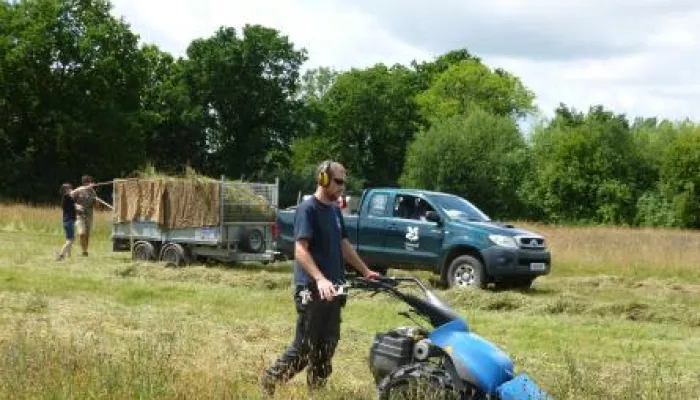
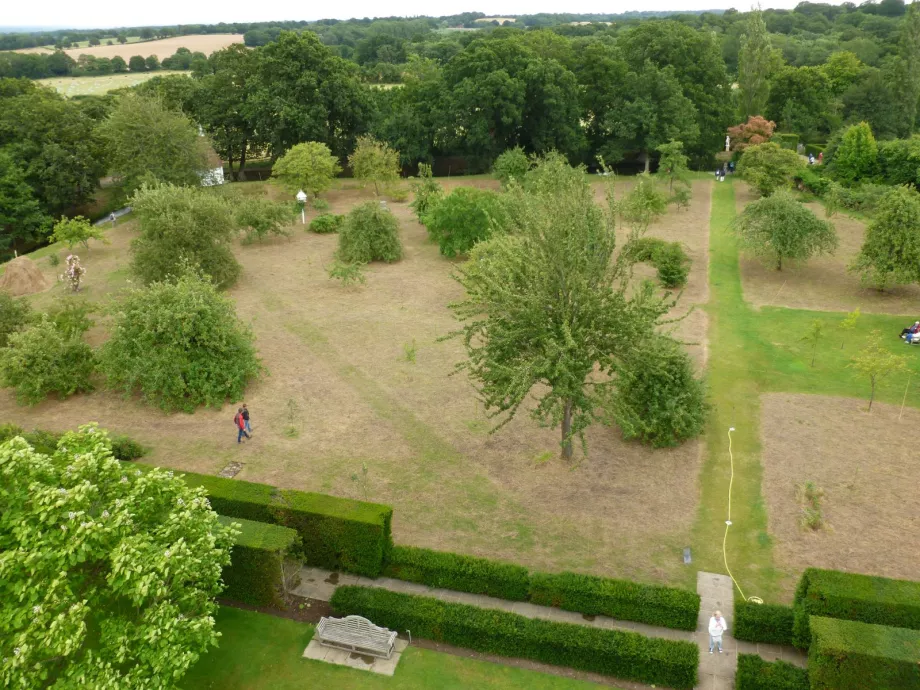
The garden team at Sissinghurst approached me early this year looking for help and advice with some grassland / meadow restoration work they wanted to do. Sourcing seeds and the provenance of seeds is very important, it is best to use seeds of local provenance for restoration projects. The garden team knew about Marden meadow, and were hoping to work together using Marden's seed resource.
Every summer we try and utilise the seeds from Marden Meadow to help create or restore meadows and grasslands. So this year we decided to use the seeds from Marden to take to Sissinghurst and help get the meadow projects underway at the gardens. The main area they wanted to focus on this year was what’s known as the orchard area of the gardens. There are a small number of traditional fruit trees in the area with meadow / grassland.
The preparation was done by the garden team and volunteers. Cutting the area and taking away the hay (part of which was done the traditional way with scythes!) Next came preparing the seed bed, scarifying the area to create bare ground to receive the Marden seeds. Lastly the green hay.
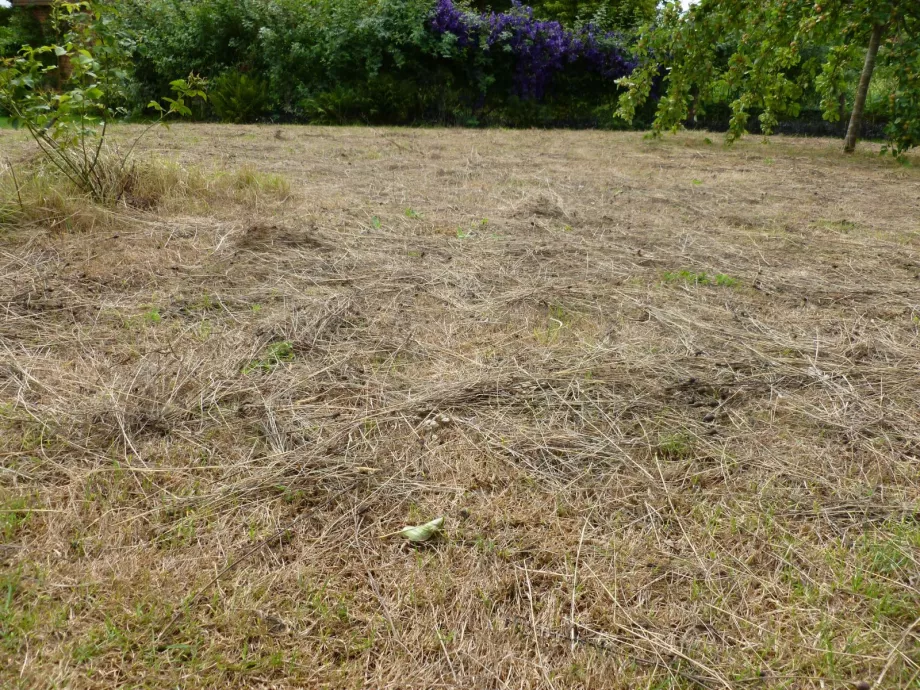
One of the best, and easiest methods to transfer meadow seeds is to cut and spread green hay. Harvesting seeds other ways requires a lot of time or expensive seed harvesting equipment. Green hay is literally cutting an area of meadow or donor site (a site with high diversity with species you want to collect) and collecting it up carefully straight away and taking it to another site (receptor site) spreading it out and allowing the seeds to drop out of the hay into the prepared ground.
With appropriate long term management, hay meadows or species rich grassland can be restored over time. I hope to continue working with the team at Sissinghurst and other local landowners to restore and create meadows, along with spreading the message! Over time hopefully, we will be able to reverse some of the 97% decline. In the mean time I look forward to seeing what comes up in the orchard area next year.

Since bison were released into West Blean and Thornden Woods on the outskirts of Canterbury, they have not only transformed the landscape but significantly grown in number.
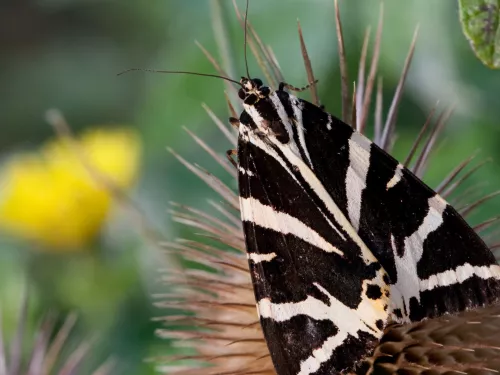
Margery Thomas, Hothfield Volunteer and regular columnist looks at the lack of butterfly sightings in recent months, the work volunteers are doing to remove bracken and how this all impact the wider management of the last remaining fragments of heathland…
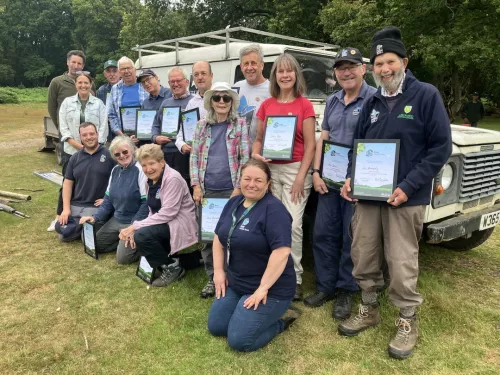
By August, floral glory has passed from the orchids (heath spotted, southern marsh and a few large hybrids) to the heather or ling. As ever, we hope for a protracted display of purple in the heathy areas, which is likely if the cool nights persist. Orchid…